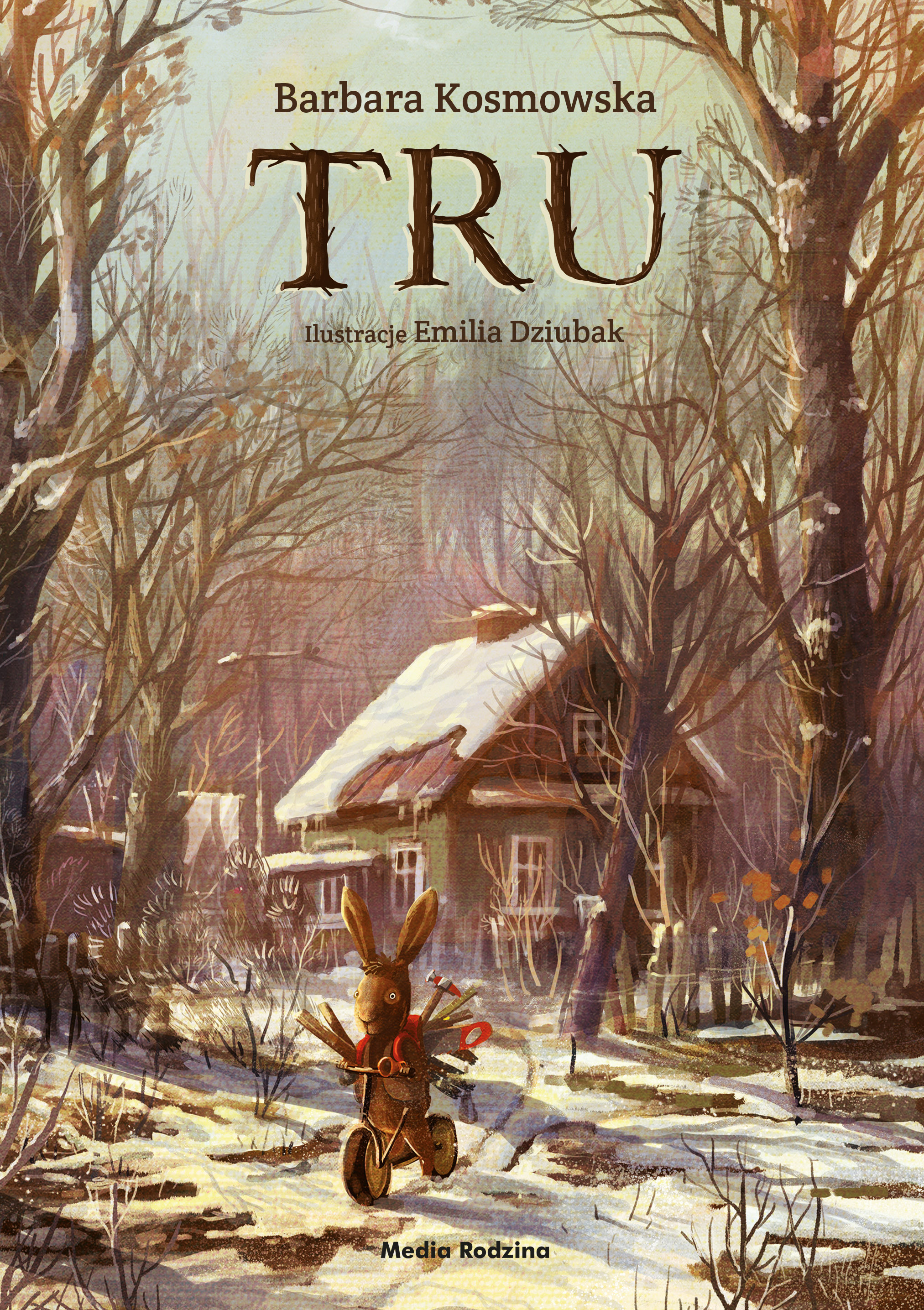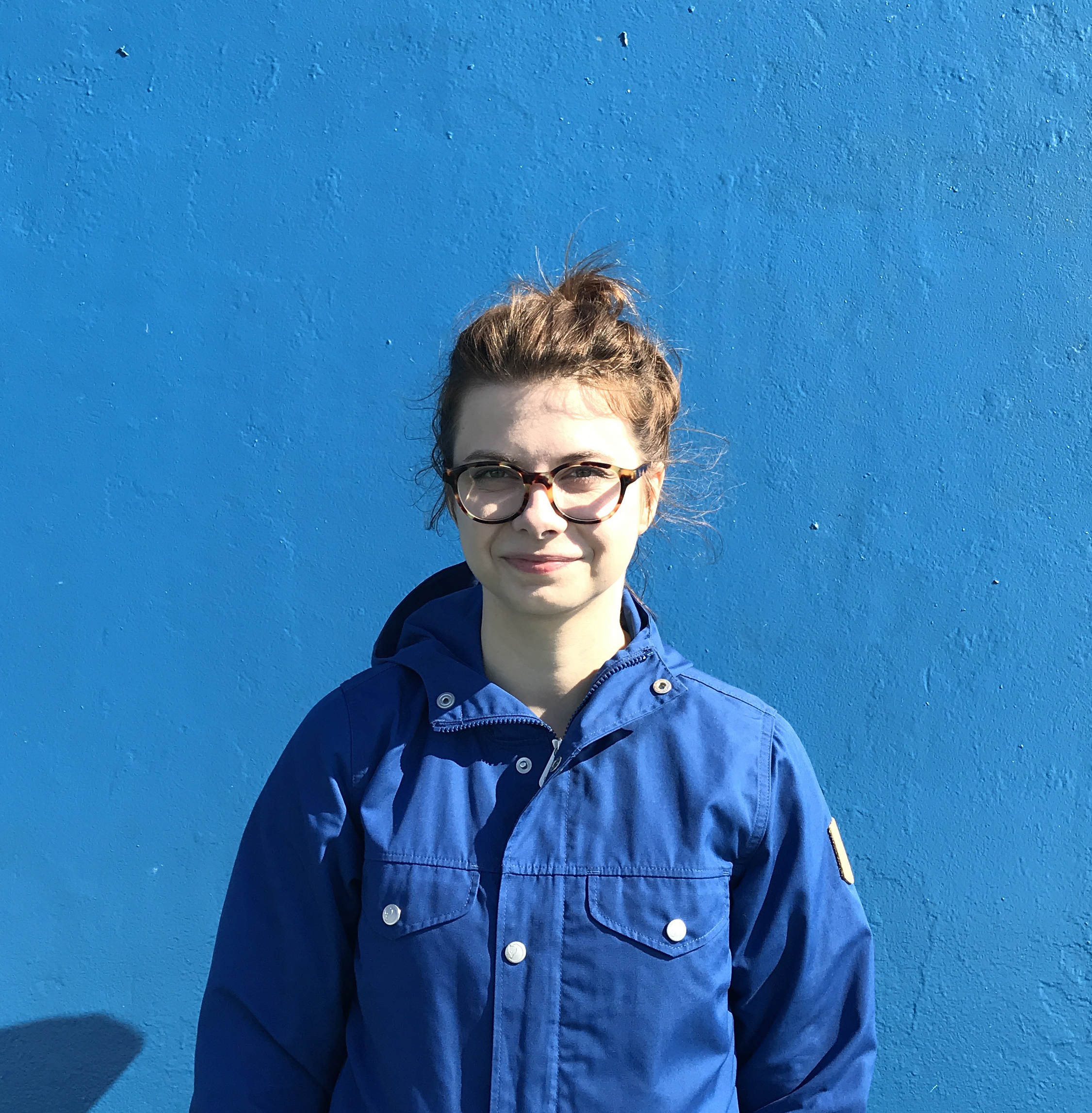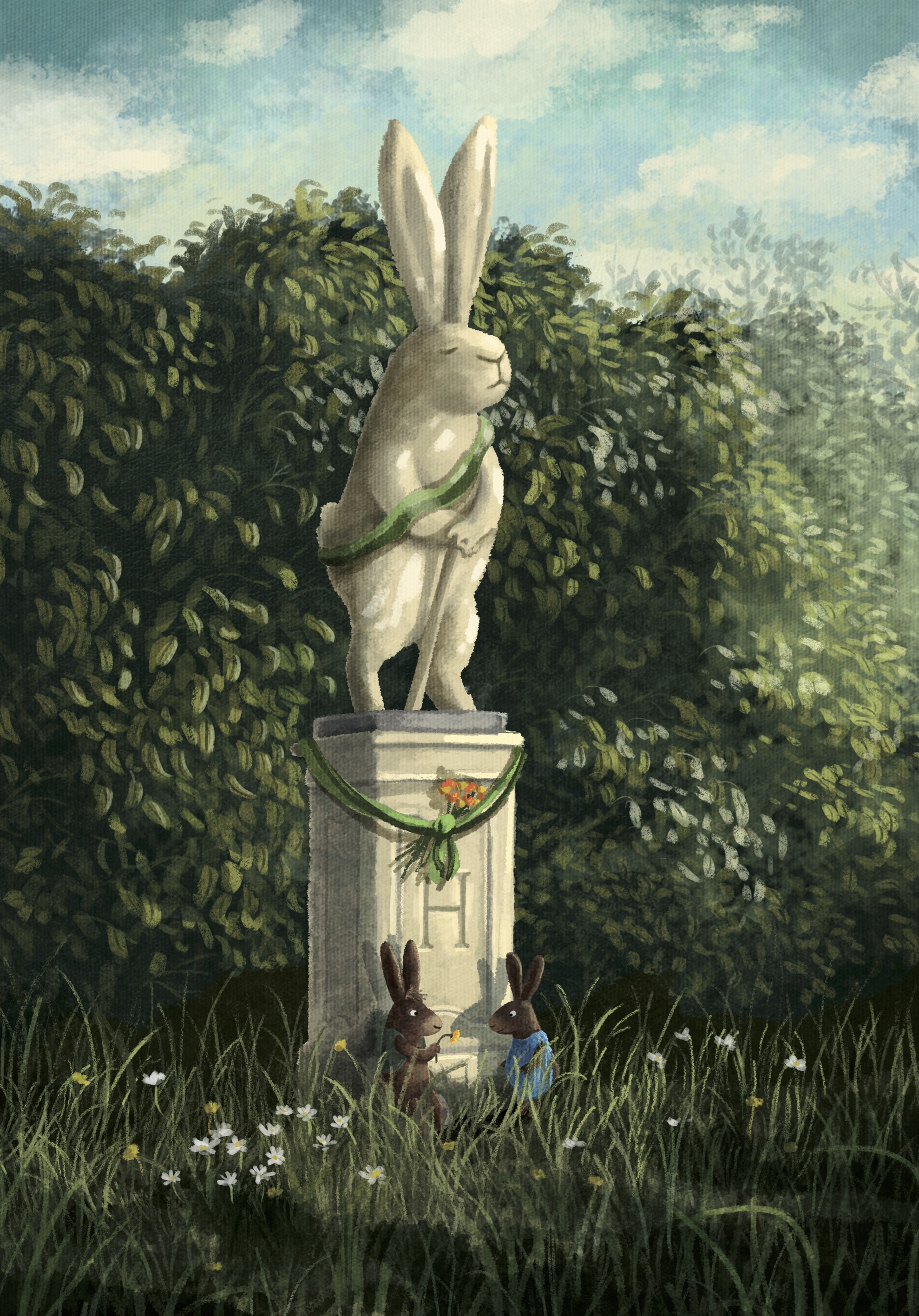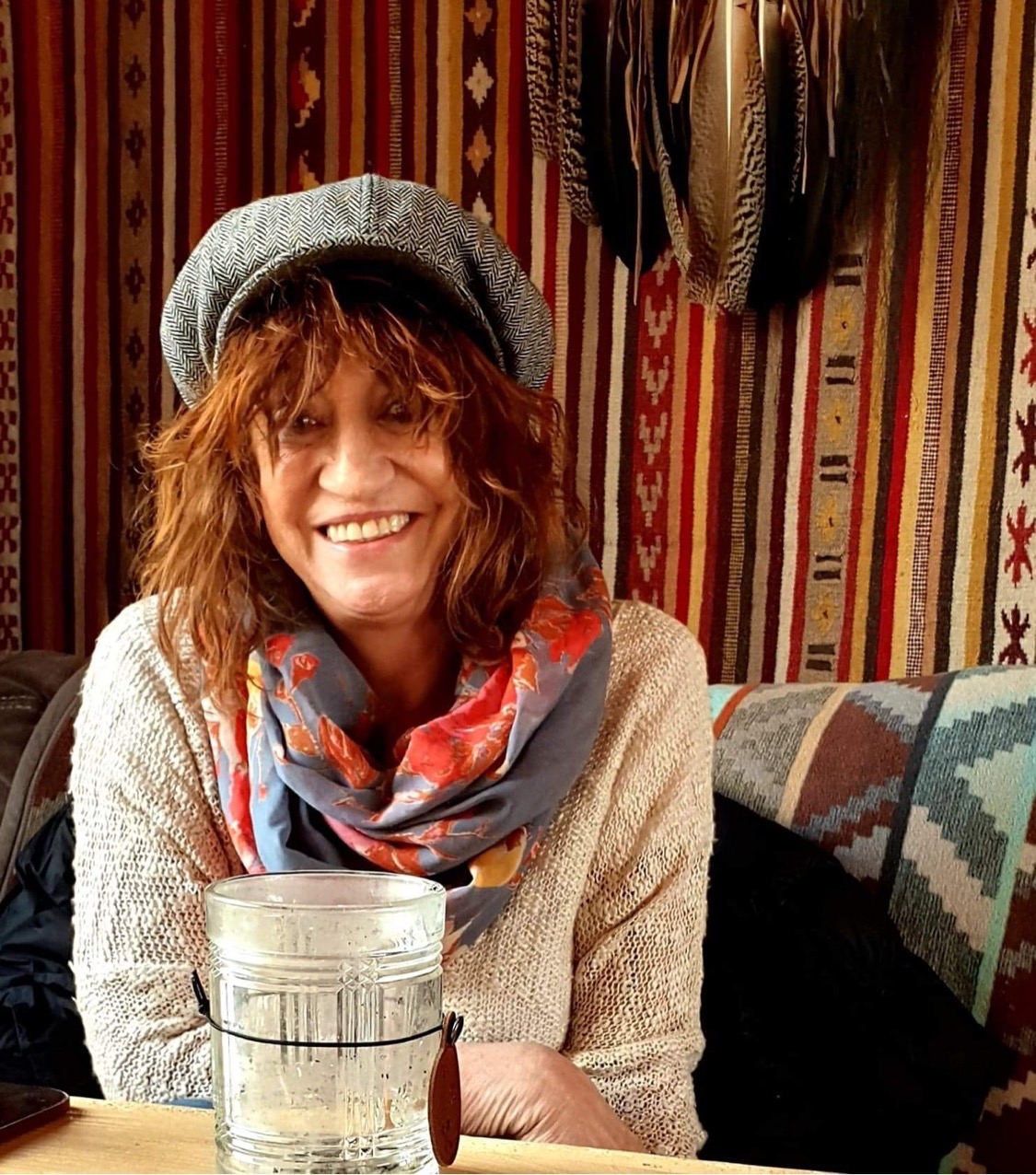Title of the work
Country of the First Edition
Country/countries of popularity
Original Language
First Edition Date
First Edition Details
Barbara Kosmowska, ill. Emilia Dziubak, Tru. Poznań: Media Rodzina, 2016, 63 pp.
ISBN
Genre
Fiction
Illustrated works
Novels
Target Audience
Children
Cover

Courtesy of Media Rodzina.
Author of the Entry:
Krzysztof Rybak, University of Warsaw, rybak.km@gmail.com
Peer-reviewer of the Entry:
Katarzyna Marciniak, University of Warsaw, kamar@al.uw.edu.pl
Susan Deacy, University of Roehampton, s.deacy@roehampton.ac.uk

Photograph by Piotr Dziubak, courtesy of the Illustrator.
Emilia Dziubak
, b. 1982
(Illustrator)
Emilia Dziubak graduated from the Academy of Fine Arts in Poznań (Poland) and now is mainly known for her children’s books illustrations. Since her debut in 2011 she has illustrated over 50 books by Polish and foreign authors (e. g. a new Polish edition of Mary Norton’s The Borrowers series published by Dwie Siostry). She also worked with publishers outside Poland, for example on Martin Widmark’s Lilla Sticka i landet Lycka published in Sweden in 2016. Besides children’s books she also publishes in many Polish magazines such as Wprost, Przekrój and Art & Business. Before Być jak tygrys [The Secret Life of a Tiger] she illustrated some of the other Przemysław Wechterowicz’s books: W pogoni za życiem [Chasing Life] (Ezop, 2012), Proszę mnie przytulić [Please, Hug me] (Ezop, 2013), and Uśmiech dla żabki [A Smile for a Froggie] (Ezop, 2014). For Proszę mnie przytulić she has received a Warsaw Literary Award in 2014. Her works were presented at Tu czy tam? Współczesna polska ilustracja dla dzieci [Here or There? Contemporary Polish Illustration for Children] exhibition in Zachęta National Gallery of Art in Warsaw in 2016 (accessed: January 30, 2017).
More information about the artist and her works see here (accessed: July 3, 2018).
Bio prepared by Krzysztof Rybak, University of Warsaw, rybak.km@gmail.com
Questionnaire
1. What drew you to working with Classical Antiquity and what challenges did you face in selecting, representing, or adapting particular myths or stories?
I assume that the answer would not be original – there is no specific reason for the use of the Roman Colosseum in the book [Być jak Tygrys (The Secret Life of a Tiger)]. I decided to use it because it is well known as a building related to big achievement, important for art history and known by everyone. I wanted to show that the Tiger used his talent to build the Colosseum – something that would impress people of ancient times. I wanted to create something very impressive and find the best way to picture it is using classical content, something known by everyone. It is highly probable that children know what the Colosseum is as well as they know the Eiffel tower.
2. Do you have a background in classical education (Latin or Greek at school or classes at the University?) What sources are you using? Scholarly work? Wikipedia? Are there any books that made an impact on you in this respect?
The books that made impact on my perception of antiquity is a Polish series „Art of the World” („Sztuka świata”), a textbook I learned from in the course of my education, during art history studies. Today I use mainly iconography accessible by the Internet.
3. Did you think about how Classical Antiquity would translate for young readers, esp. in Poland?
I think that this topic is appreciated by children. I am sure that if it is done well, a project about antiquity may interest young people. For sure it should not be a transfer of knowledge consisting of hard facts themselves – more likely something with elements of adventure, humour or with extraordinarily illustrations.
4. How concerned were you with "accuracy" or "fidelity" to the original? (another way of saying that might be — that I think writers are often more "faithful" to originals in adapting its spirit rather than being tied down at the level of detail — is this something you thought about?)
Drawing a classical building does not require paying attention to details [in Być jak tygrys (The Secret Life of a Tiger)]. These are forms known well enough so their shapes, sometimes even contours, suggest immediately the concrete object.
Prepared by Krzysztof Rybak, University of Poland, rybak.km@gmail.com
Portrait, courtesy of the Author (phot. Jacek Antczak).
Barbara Kosmowska
, b. 1958
(Author)
Barbara Kosmowska (1958- ) was born in Bytów, Poland. She studied Polish Philology at the University of Gdańsk and for a short time worked in her home town as a teacher of Polish language. In 1999 she received a PhD at the University of Gdańsk, for a thesis was dedicated to the work of a Polish children’s author, Zofia Urbanowska (1894–1939). Kosmowska has worked as an assistant professor (adiuncta) at the Pomeranian University in Słupsk. She has written almost 30 books (e. g. Teren prywatny [A Private Territory] (2001), described as a Polish version of Bridget Jones’ Diary by Helen Fielding). Her books include over 10 for children and YA, for example Samotni.pl [Lonely.pl] (2011), Kolorowy szalik [Coloured Scarf] (2014), and Buba [Buba] series (2002–2007). In 2007 she received the Book of the Year Award from the Polish Section of IBBY (International Board of Books for Young People) as well as first prize in the Astrid Lindgren Competition for her Pozłacana rybka [Gold-Plated Fish] (2007).
Bio prepared by Krzysztof Rybak, University of Warsaw, rybak.km@gmail.com
Questionnaire
1. What drew you to working with Classical Antiquity and what challenges did you face in selecting, representing, or adapting particular myths or stories?
The idea of using a mythical character and making it the ancestor of the hare species came from the belief that the clash between "big" and "small" in a children's book is an amusing attraction, but also an invitation to potential readers to learn about the "great book of myths”. Such an intention agrees with my conviction that in children’s literature ordinary things should be written in simple terms. In this case I had also no problems choosing the mythical hero. Hercules met all the "monumental" expectations.
2. Why do you think classical / ancient myths, history, and literature continue to resonate with young audiences?
It’s got to. The European cultural circle in which we grow from childhood nurtures us using familiar mythology, fairy tales and religious beliefs. If beliefs are in some way imposed on us by family or if we acquire this kind of knowledge, as adults – classical myths, firmly embedded in our consciousness, first lead us into the magical world and then inspire in translating our real world. If we know myths we understand all classical literary, artistic, and musical inspirations. We accept them consciously and subconsciously. They become the non-verbal language of symbols. Young recipient – who does not like literalism – finds herself/himself easily in such communication as described above. Not to mention the attractiveness of myths resulting from their contemporary character, archetypical messages, and finally universality which allows them to be adopted and reproduced in literary genres adored by children and youth: fantasy and science-fiction.
3. Do you have a background in classical education (Latin or Greek at school or classes at the University?) What sources are you using? Scholarly work? Wikipedia? Are there any books that made an impact on you in this respect?
I have only a "basic" classical education related to the subject of philological studies and the two-year Latin language course. But extended studies in philology (PhD) allowed me to explore ancient literature longer than average students of Polish studies do. In my literary work sometimes I use articles or books dealing with antiquity. There, I am looking for answers to the questions that bother me the most.
4. Did you think about how Classical Antiquity would translate for young readers, esp. in Poland?
No, to be honest. I only hoped that the figure of Hercules, who fascinated me in childhood, just like the heroes of other myths, will enrich the world of the hares and will unify it in a heroic way. So I chose this figure of Hercules consciously and with the conviction that this is the right hero.
5. How concerned were you with "accuracy" or "fidelity" to the original?
In this particular case, it was a charismatic, strong character, who provides to the hares a reason to be proud. Therefore, the choice of the hero did not require deep classical studies. However, if I would refer to Graeco-Roman mythology in a wide range, I would certainly look for strong links with the generally accepted and well-known version of the myths.
6. Are you planning any further forays into classical material?
I grew up among myths and they are always in me. I do not plan any specific returns, but no doubt the knowledge that fascinated me in my childhood is still heard and appears in my work. After all, the books we write reflect our discoveries, fascinations, and admiration, in which we grew up to be adults…
Prepared by Krzysztof Rybak, University of Warsaw, rybak.km@gmail.com
Sequels, Prequels and Spin-offs
Sequel: Barbara Kosmowska, Tru. Love story, Poznań: Media Rodzina, 2020, 60 pp.
Summary
A hare called Tru lives in a town divided into two distinct districts: one rich and one poor. Tru inhabits the latter with his siblings and mom, a proud and active feminist (p. 8) and a single mother. The main protagonist is convinced that he is a "common hare" ["szarak pospolity"] (p. 9), as it states on his birth certificate. He is an underdog at school, especially because he can’t afford the expensive accessories, so popular among his peers. To overcome social and economic obstacles, he designs gadgets made from objects available in the woods, such as a banner-holder for his mother and a sandwich machine to prepare lunch for his colleagues. With his new machines, toys, and vehicles, Tru manages to erase the differences between rich and poor communities in his hometown and eventually becomes a local hero.
Analysis
In the town centre stands a statue of a local hero, Zając Herkules [Hercules the Hare]; also, a Zając Herkules award was given to Tru for the creation of innovations for the forest. Unfortunately, the text does not explain the origins of the name or the deeds done by Zając Herkules for the community. Using the mythological reference, the author can create a modern version of the classical hero, regarded as a role model for his community. It could also be the case that Tru became inspired by Zając Herkules’ deeds (although this is never made clear to the reader) and decided to fight the obstacles and injustices in the world the best way he could, with his talent for inventing helpful new objects for the community. This shows the young reader that it is not only the strong and muscular, like the mythical Hercules (or his hare fellow, Zając Herkules), who may become a hero, but anyone can if only their talents are used to perform good deeds.
Further Reading
Mik, Anna, Patrycja Pokora, and Maciej Skowera, eds., Czytanie menażerii. Zwierzęta w literaturze dziecięcej, młodzieżowej i fantastycznej [Reading a Menagerie: Animals in Children’s Young Adult, and Fantasy Literature], Warszawa: Wydawnictwo SBP, 2016.
Emilia Dziubak. Umysł stuprocentowego introwertyka in Frąckiewicz, Sebastian, Ten łokieć źle się zgina. Rozmowy o ilustracji. Wołowiec: Czarne, 2017, 11–52.
Addenda

Hercules the Hare statue (illustration by Emilia Dziubak), courtesy of Media Rodzina.



